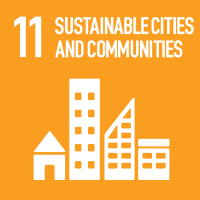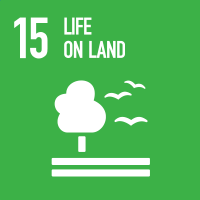Studying at the University of Verona
Here you can find information on the organisational aspects of the Programme, lecture timetables, learning activities and useful contact details for your time at the University, from enrolment to graduation.
Study Plan
This information is intended exclusively for students already enrolled in this course.If you are a new student interested in enrolling, you can find information about the course of study on the course page:
Laurea magistrale interateneo in Quaternario, preistoria e archeologia - Enrollment from 2025/2026The Study Plan includes all modules, teaching and learning activities that each student will need to undertake during their time at the University.
Please select your Study Plan based on your enrollment year.
1° Year
| Modules | Credits | TAF | SSD |
|---|
3 modules among the following2 modules among the following2° Year activated in the A.Y. 2024/2025
| Modules | Credits | TAF | SSD |
|---|
2 modules among the following| Modules | Credits | TAF | SSD |
|---|
3 modules among the following2 modules among the following| Modules | Credits | TAF | SSD |
|---|
2 modules among the followingLegend | Type of training activity (TTA)
TAF (Type of Educational Activity) All courses and activities are classified into different types of educational activities, indicated by a letter.
Landscape Archaeology (2024/2025)
Teaching code
4S003306
Teacher
Coordinator
Credits
6
Language
Italian
Scientific Disciplinary Sector (SSD)
L-ANT/10 - METHODS OF ARCHAEOLOGICAL RESEARCH
Period
Primo semestre QPA dal Sep 30, 2024 al Dec 20, 2024.
Courses Single
Authorized
Prerequisites and basic notions
Historical and archaeological knowledge of basic level
Program
The course deals the study of landscape archeology.
It is divided into several sub-themes that will help to develop general aspects (which will cover both the theoretical approaches to the study of landscape archeology), as case studies and applications, providing a picture of the scientific debate on the subject.
1) Landscape archaeology: theory and methods (12 h)
2) Centrality and marginality in landscapes: reflections and case studies on lowland landscapes and mountain landscapes (12 h)
3) Archeology of landscapes and computer science (6 h)
Bibliography
Didactic methods
Lectures and seminars.
The course may be provide educational tours and some activities in the laboratory, aim to learn use of mapping tools, GIS and aerial images processing and interpretation.
Learning assessment procedures
The exam will be an oral interview where the themes debated in the lessons and those present in the reference bibliography will be discussed.
Evaluation criteria
Argumentative rigor, completeness of answers, ownership of language in its technical specifics, and the ability to integrate different elements will be evaluated.
Criteria for the composition of the final grade
argumentative rigor: 10
completeness of answers: 15
ownership of specific language:5
Exam language
italiano (inglese se richiesto)



